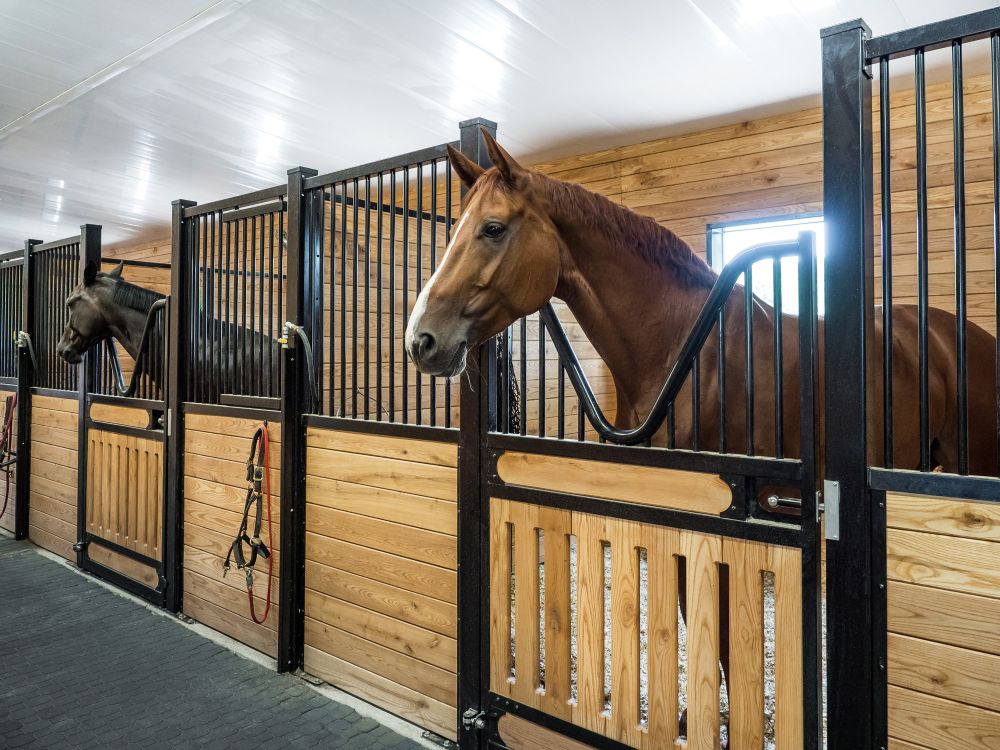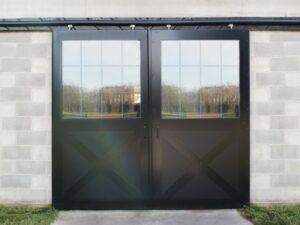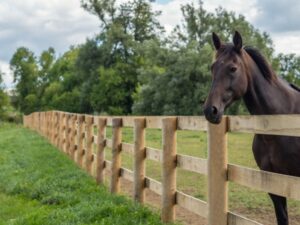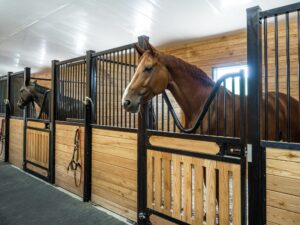When it comes to designing your barn, one of the most important considerations is choosing the right horse stalls.
Horse stalls play a crucial role in ensuring the safety, comfort, and overall well-being of your equine companions. They also influence how you work with the barn every day, such as the labour hours needed to feed, water, and muck the stalls.
If you are a sales barn, the perception that you put forward can impact the dollar value that you can sell your horses for.
Every decision you make, from the size and material to the design, form and functionality, can impact the daily lives of your horses and the people who handle them.
Are you unsure about how to select the perfect horse stalls for your barn? Don’t worry! This comprehensive guide will walk you through everything you need to know to make an informed decision.
Read on to discover the key factors that will help you create a secure and inviting space for your horses, make it easy to clean and maintain your barn, and create a safe spot to work.
Determining the Ideal Size of Horse Stalls
When it comes to horse stall design, determining the right size is crucial for the safety and well-being of your horses.
A well-sized stall provides comfort and allows the horse to move freely without feeling cramped, while not being too big that they have the speed to get into trouble in the stall.
Consider the following guidelines when determining the ideal size for your custom horse stalls:
- A standard recommended size for a horse stall is 10 x 12 or 12 x 12 feet, which is suitable for horses weighing around 1000 lbs and standing 16.5 to 18 hands high.
- Smaller horses and ponies can do well in 10 x 10 stalls, providing ample space for them to lay down comfortably.
- Larger breeds, such as draft horses, or broodmares, may require larger stalls, such as 12 x 14 feet or even bigger.
It’s important to ensure that the stall is spacious enough for the horse to comfortably lay down and move around without touching the walls or getting “cast” if they lay down in a stall where their feet end up against a wall, and they can not get back up.
These sizes allow for natural movement and prevent any potential injuries. A cramped space can lead to frustration and may result in undesirable behaviours like kicking or weaving.
If the stall will be used for foaling, a double-sized stall should be considered. This provides enough space for both the mare and the foal to move around freely during this critical time.
A larger stall also offers room for bedding and equipment, making it easier for the caretaker to attend to the needs of the mare and foal.
By considering the size of your horses and their specific needs, you can ensure that your horse stalls provide a comfortable and safe environment for your equine companions.
Pro Tips for Horses as a Business:
- Build your stalls to be functional so that if you sell the farm or change focus, they are adaptable.
- The bigger the stalls, the more bedding to put in and the more manure to remove.
- If it is too big, the horse may weave or kick more.
- A stall that’s too small can result in horses getting cast up against the wall.
- The larger the stalls, the more money you’ll spend building the stable.
Choosing Between Freestanding and Built-In Stalls
When it comes to building horse stalls for your barn, you have two main options to consider: free standing or built-in stalls that require posts or structure. Both options have their advantages, and it’s important to choose the one that best suits your needs and preferences.
Free Standing Stalls
Free standing horse stalls offer a high level of flexibility and versatility. These stalls are designed to be free-standing and can easily be rearranged or relocated as needed.
They do not require posts anchored into the ground, making them a convenient option for barns with changing requirements.
Whether you need to adjust the layout of your barn or move the stalls to a different location, free standing stalls provide the freedom to do so with minimal effort.
Free standing stalls are available in various sizes and configurations to accommodate different horse breeds and sizes or can be custom-made specifically to meet your requirements.
Free standing stalls are typically made from durable materials such as steel or aluminum, ensuring long-lasting performance and safety for your horses. Wood, plastic or steel can be used as fill for the panels. Easy installation and customization options make them a popular choice for many horse owners.
Built-In Stalls
On the other hand, built-in stalls offer a custom solution that can be tailored to fit the shape and style of your barn. These stalls are built directly into the barn structure or attached to existing posts, back and side walls, providing a seamless and integrated look.
Built-in stalls can be designed to match your barn’s aesthetics and architectural design, creating a cohesive and visually appealing space, where form and function utilize the structure of the building.
While built-in stalls require more planning and construction work than free standing stalls, they offer the advantages of stability and permanence.
Anchor or structural posts are typically used to ensure the structural integrity of built-in stalls, making them suitable for barns with a fixed layout that does not require frequent changes or modifications or barns that have structural posts to hold their roofs up.
When deciding between freestanding and built-in stalls, consider factors such as your barn’s existing structure, your preferences, and the level of flexibility you require.
If you anticipate the need to rearrange or relocate the stalls in the future, free standing stalls may offer the convenience you need.
On the other hand, if you prioritize a custom design that seamlessly integrates into your barn, built-in stalls may be the ideal choice.
Ultimately, the decision between freestanding and built-in stalls boils down to your specific needs, budget, and long-term goals for your barn. Whichever option you choose, ensuring the safety, comfort, and functionality of the horse stalls should be your top priority.
Choosing the Right Doors for Horse Stalls
When it comes to horse stall design, selecting the right doors is an essential decision. There are two main options to consider: sliding doors and swinging doors.
You’ll also need to decide whether you want the horse’s heads out or inside, whether you’d like ventilation on the bottom of your doors, and what kind of latch style you’d like.
Sliding Doors
Sliding doors are often the preferred choice for horse stalls due to their practicality. These doors slide horizontally and do not obstruct the aisle way when open, allowing for easy access and movement.
Sliding doors should be properly mounted with stops and stays to prevent horses from getting caught and ensure their safety.
In this door design, you will need to assess your door location, ensuring that you have room to slide your doors open all the way.
Furthermore, you’ll also need to check the height of the roof and make sure there are no bars or cross bracing lower than 7’ for horses to hit their heads on.
Always have positive stops for the doors to close on, and for larger horses, make sure that you have two catches on the door that will support a leaning horse.
When it comes to the tracks for sliding doors, make sure you go with a smooth gliding track with rubber rollers. Round tracks are the preferred tracks for the ease of rolling.
Swinging Doors
Swing doors can open from the left or the right and typically swing out into the aisleway 48”. They need to be able to swing 180 degrees for easy access to the stall, and are typically hung with a 1” gap underneath the door. This means the aisleway needs to be flat and clear.
When choosing a swing door on both sides of the aisleway, we recommend at least a 12’ aisleway. This way, if both doors are open at the same time, you can still walk a horse down the center.
However, special consideration must be given to securing latches and hardware to prevent horses from accidentally opening the doors. Using high-quality latches and reliable door hardware is crucial to ensuring the safety of your horses.
Both sliding and swinging doors have their advantages and can be suitable for different scenarios.
Factors such as the layout of your barn, the behaviour of your horses, and your personal preferences should all be taken into account when making this decision.
3 Thoughtful Inclusions to Enhance Functionality and Comfort
In addition to safety and aesthetics, horse stalls can be designed to enhance functionality and comfort.
By incorporating innovative features, you can create a space that simplifies daily chores and creates a welcoming environment for both horses and humans.
1. Convenient Feed Doors
One way to enhance the functionality of your horse stalls is by including swing-out feed doors. These doors provide easy access for feeding and can be conveniently closed when not in use.
With swing-out feed doors, you can efficiently distribute feed without the need to enter the stall, reducing the risk of accidents or injuries.
2. Socializing Doors for Equine Interaction
Horses are social animals, and providing opportunities for interaction can greatly enhance their well-being.
Socializing doors are a great addition to horse stalls, allowing horses to have visual contact and limited physical contact with their neighbours.
This feature fosters a sense of companionship and helps prevent feelings of isolation and boredom.
These doors can be made a number of different ways. In fact, we looked at various ways for a horse to hang their head out, and we found 24 different possibilities, resulting in a collection of different door styles.
From fully open doors at the top to high-sitting V doors and U openings. if you have a specific vision, we’ve probably completed it before.
3. Bright and Inviting Space with Windows and Dutch Doors
Natural light and ventilation are important factors to consider when designing horse stalls. Including windows in your stall design not only brightens up the space but also improves air circulation.
Dutch doors, which have a split design that allows the top half to open, are another excellent option. They enable horses to look outside, enjoy fresh air, and provide additional lighting.
By focusing on enhancing functionality and comfort in your horse stall design, you can create a space that not only meets the needs of your horses but also makes your daily tasks more efficient and enjoyable.
Bring Your Horse Stable to Life with System Equine
Choosing the right horse stalls for your barn is a decision that should not be taken lightly.
Whether you are looking for luxury horse stalls or a more practical design, there are various choices available.
Take the time to plan and design your horse stalls, ensuring that they not only provide the necessary space but also reflect your personal style and preferences.
With the right horse barn stall design, you can create a sophisticated and functional space that both you and your equines will appreciate. Invest in high-quality materials that offer durability and longevity.
At System Equine, we’re passionate about providing horses with spaces that help them thrive, and with our various products and services, we’re here to help bring your dream stable into reality.
Explore our past projects and get inspired. Then, contact our team of equine experts or stop by our store in Rockwood, Ontario, today and let’s start planning your new stable!
